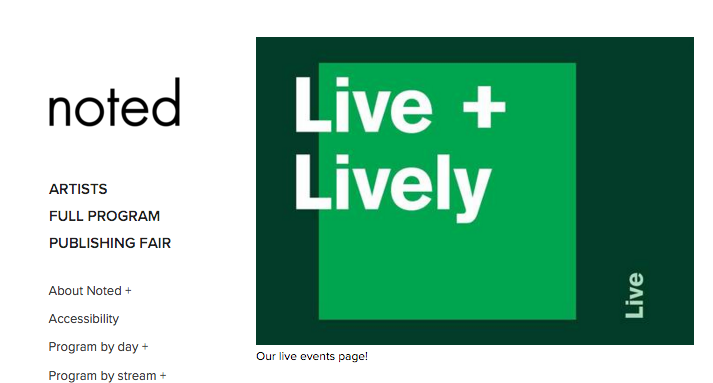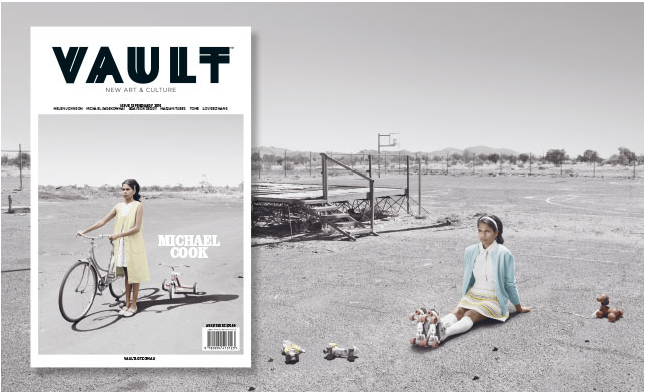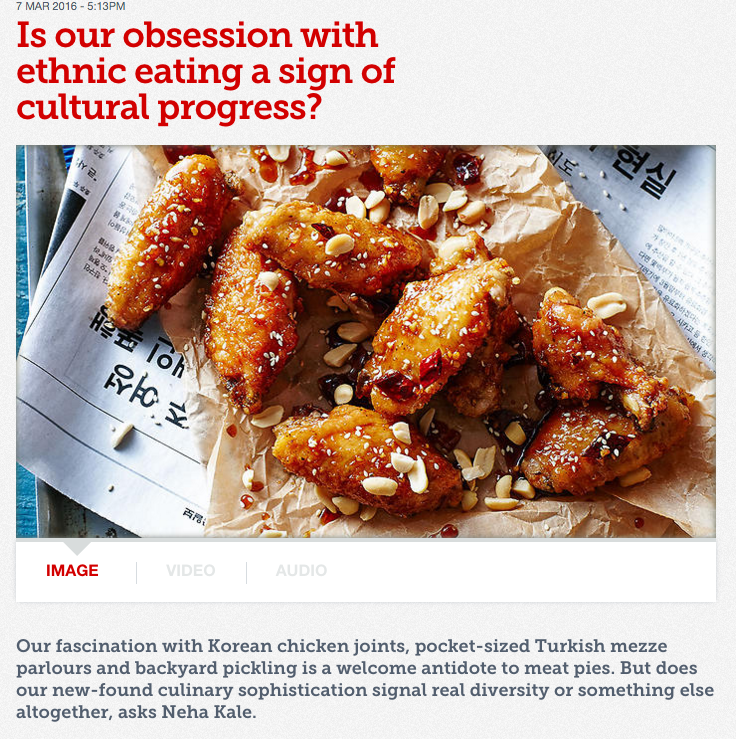via GIPHY
For a month, he called her every night and they would talk for hours. Finally, he paid a visit. “He looked just like Charlie Chaplin, a clown suit, a big black hat,” said Simone. “He told me that he was not a gifted singer and he knew it. He said, ‘What’s wrong with you is you were gifted—you have to play. Your genius overshadows the money, and you don’t know what to do to get your money, whereas I wasn’t a genius, but I planned, I wanted to be a rock-and-roll singer and I just got the right formula.’ ”
What Bowie was affirming for Nina was her true calling as an artist, a sensibility that he could recognize as something different from that of a pop star. At a period of such turbulence, it was a lift that she needed. “He’s got more sense than anybody I’ve ever known,” she said. “It’s not human—David ain’t from here.”
– How David Bowie Helped Nina Simone, Time. R.I.P.
Posted on January 13, 2016



